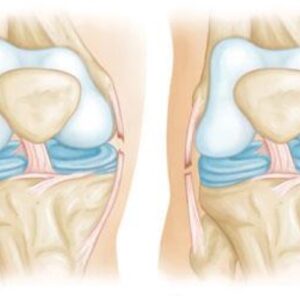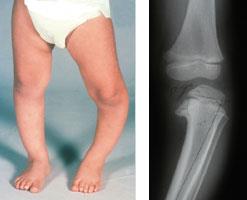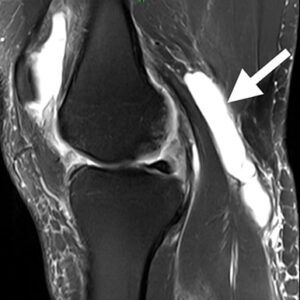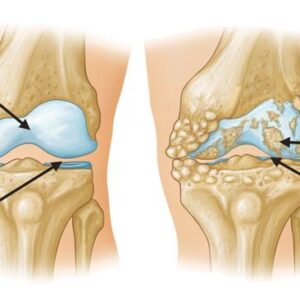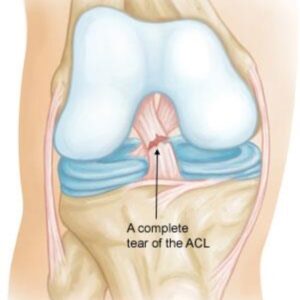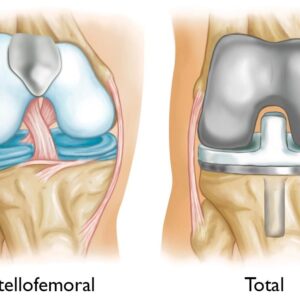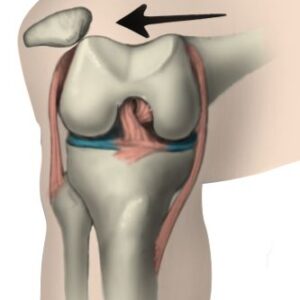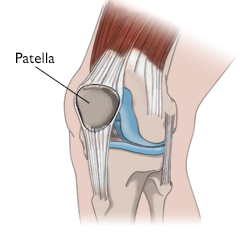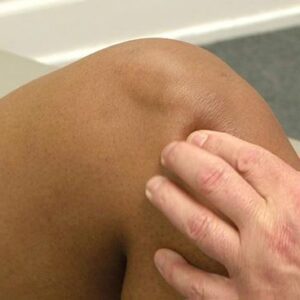Jumper’s Knee in Children and Adolescents
knee Patient informationIntroduction Knee pain and tenderness near the lower kneecap in children and adolescents can be a sign of conditions such as jumper’s knee. This injury is especially common among young athletes participating in sports that involve frequent kicking, jumping, or running. The repetitive strain on the tendon that spans the




